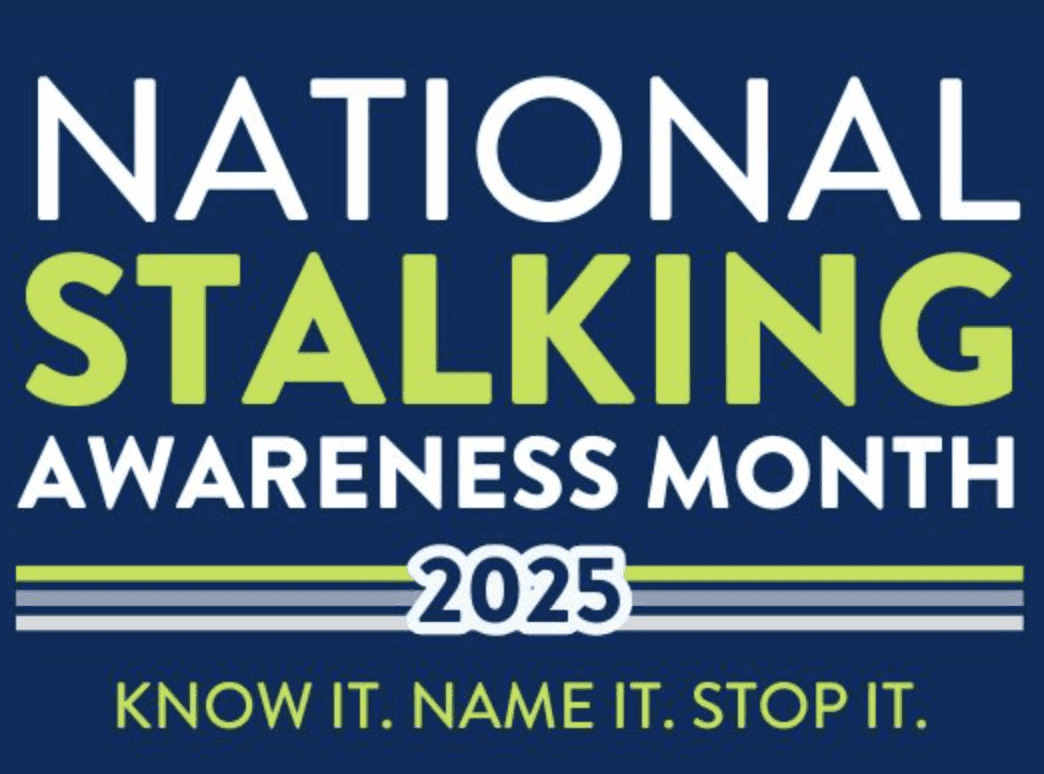By Stacy Lewis
State Farm® agent
In December 2003, the federal government’s Medicare program changed dramatically. That is when the Medicare Modernization Act (MMA) became law. The most significant change brought about by the MMA was the new Medicare prescription drug plans known as Medicare Part D, which become effective on January 1, 2006. Part D is designed to offer people with Medicare ready access to affordable prescription drug coverage.
The Center for Medicare and Medicaid Services (CMS) is partnering with private companies to provide Medicare customers with the new Medicare Part D coverage. Companies have to apply with CMS to be an approved health care provider and must file all of their plans and applications with CMS.
So what is Medicare Part D?
Medicare Part D is a prescription drug plan that may save you money on your prescription drugs, depending on the types of prescriptions you use. These plans are different from Medicare-approved drug discount cards, which phase out by May 15, 2006, or when a beneficiary’s Medicare prescription drug plan takes effect, whichever is earlier.
Medicare Part D is available to anyone enrolled in Medicare Part A or Part B. If a Medicare beneficiary has Original Medicare with or without a Medicare supplement plan (Medigap), they can enroll in a prescription drug plan.
Premiums for these plans vary depending on the plan provider, geographic area, and policy benefits. If you are considering enrolling in a Medicare Part D plan, you may save money if you enroll before the deadline. Open enrollment for current Medicare Part A and/or Part B beneficiaries runs from November 15, 2005, to May 15, 2006. Premiums may increase up to one percent for every month you delay beyond the end of this initial open enrollment period.
Lower income beneficiaries who cannot afford prescription drug coverage may qualify for assistance. They can contact the Social Security Administration for information on getting extra help to pay for a Medicare Part D plan.
What coverage is right for me?
First gather information on your current prescription drugs. Make a list of all your current medications and how much you are paying per month. Check with the plan providers to see if your drugs are on their formulary lists. If a drug does not appear on their list, it may not be covered, or it may be covered at an increased cost. Once you have compared your drugs with the plan providers’ formulary list, check the premiums and coverage of the various plans. Some insurers are offering web-based calculators to help estimate your monthly drug costs and determine which plan may best fit your needs.
How can I get coverage?
You can contact any of the plan providers to get more information on the plans they offer, or you can contact your insurance agent.



